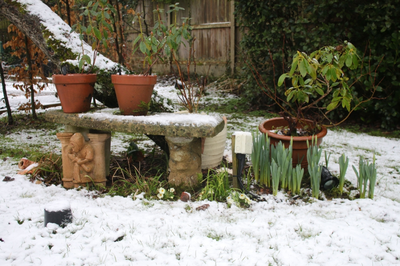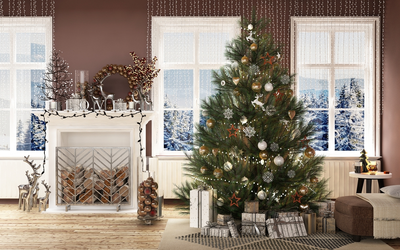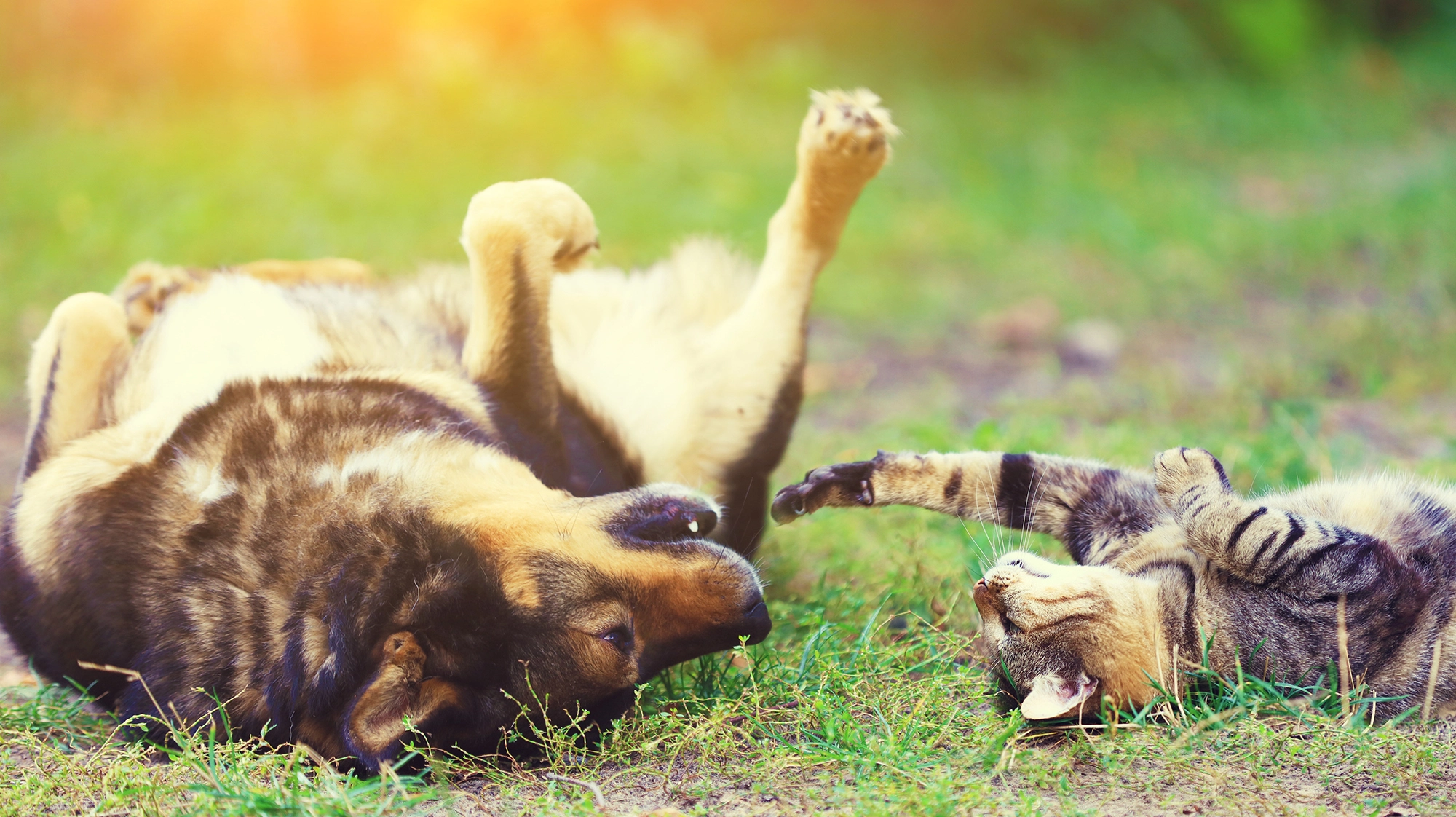
Fleas and Ticks
You want to ensure you use the safest and most effective products available for your pet. Use this care guide when trying to decide which products are best for your pet.
Adult fleas spend most of their time on an animal, but the flea eggs, larvae, and pupae are found in abundance in the environment such as in carpeting, rugs, bedding, and grass.
For every flea that you see on your pet, there are likely to be hundreds of eggs and larvae in your home and yard.
What does a flea look like?
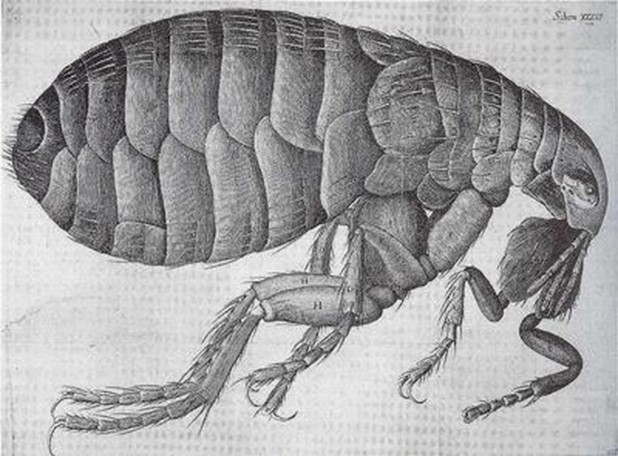
What are adulticide and insect growth regulators?
The ideal product for protecting your pet against fleas and ticks should contain both an adulticide and insect growth regulators.
Adulticide:
Products which contain adulticides are designed to kill only adult fleas and ticks on your pet. They are effective for immediate results but will not prevent the fleas or ticks from coming back. Shampoos, sprays and collars feature this type of protection.
Insect Growth Regulators:
They are used to break the flea life cycle, but do not kill adult fleas or ticks. These products prevent flea eggs and larvae from hatching. Topical applications and household premise control products feature this type of control.
Flea control program
An effective flea control program includes treating your home and yard as well as treating your pet. These are some essential steps for a successful flea control program:
Indoor Flea Control
Indoor flea control involves mechanically removing all stages of the fleas, killing any remaining adults, and preventing flea eggs from developing.
Keeping the home clean is of utmost importance. This includes frequent vacuuming and steam cleaning of carpets. Fleas may be brought in by your pet, but they will spend a lot of their life in your carpets and fabrics.
- Vacuum thoroughly, especially below drapes, in and under furniture, along baseboards, and where your pet sleeps. It is estimated that vacuuming can remove up to 50% of flea eggs. Each time, seal your vacuum bag in a plastic bag and discard it immediately.
- You may want to designate a certain area of the home for pets to sleep in. This will contain the area that they spend a lot of time in, and special attention can be paid to checking this area for fleas and cleaning it.
- Use a product that will kill any remaining adult fleas and also stop the development of eggs and larvae. Choose a product that contains both an adulticide and an insect growth regulator.
- Surface sprays can reach areas such as baseboards, moldings, cracks, and under furniture. Choose the product you use with care, taking into account the presence of children, fish, birds, and people with asthma or other health issues.
- Wash your pet's bedding weekly and treat the bed and surrounding area with a product that contains both an adulticide and an insect growth regulator.
- Clean and treat your vehicle, pet carrier, garage, basement, or any other place your pet has spent any time in.
- In more severe cases of flea infestation, professional exterminators can treat your house and eliminate the fleas and their eggs. It is important to treat your pets at the same time to prevent another infestation.
Your Buckerfield's pet specialist can help you choose the appropriate flea or tick products for your dog or cat.
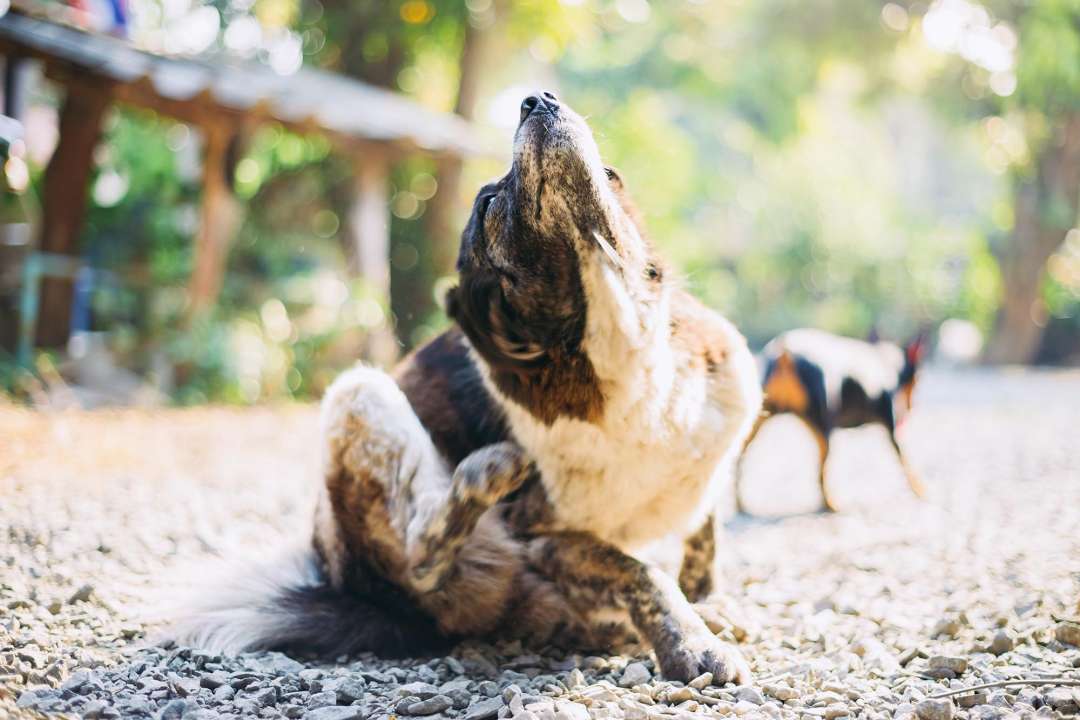
Outdoor Flea Control
Outdoor flea control involves eliminating fleas in the yard and kennel areas. Be sure to concentrate on areas where your pet spends most of their time outdoors such as patios, under porches, and dog houses.
Fleas tend to like it where it is moist, warm, shady, and where there is organic debris. Rake away any organic debris such as leaves, straw, and grass clippings to disturb flea habitat.
Flea Control on Your Pet
There are a number of flea control products for use on pets, including once-a-month topical products, sprays, shampoos, collars, powders and flea combs.
With product applied directly to the pet, you may see live fleas on your pet for a short time after spraying, shampooing, or applying powder. In order for the fleas to die, they must come into contact with the insecticide, and absorb it.
It is essential to keep following an effective flea control program for a long enough time to get rid of all fleas, in all life stages. This may take several weeks or longer, depending on how big an infestation you have. Persistence is the key!
Many dog products can be very harmful if used on cats, read the label carefully. DO NOT use products containing amitraz, permethrin, or organophosphates on cats.
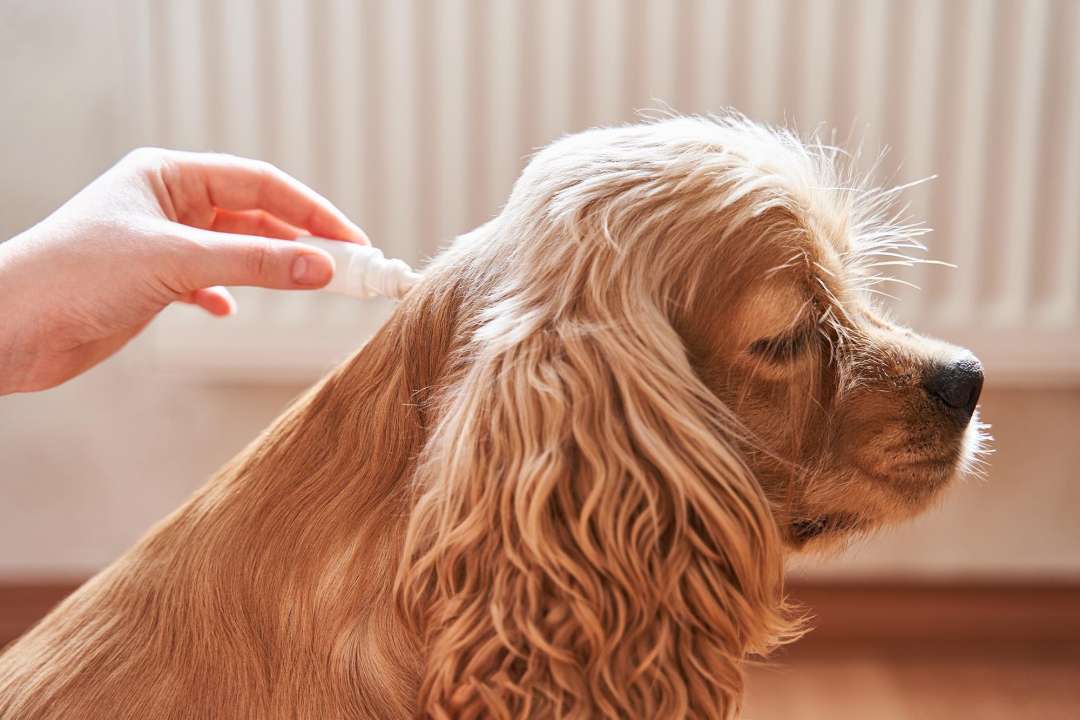
Once-a-month Topical Application
Once-a-month topical insecticides are the most commonly used flea prevention products on the market.
- Topical insecticides are applied to a small area on your pet's back, and are repeated every month for three months.
- Some kill fleas and ticks, and others just kill fleas, so check the label carefully if you have ticks.
Sprays
Flea and tick control sprays are available in aerosols or pump bottles.
- When using a spray, you do not have to soak the pet, but be sure to apply spray to all places on the animal.
- Spray a small amount on a cotton ball to apply the product around the eyes and ears. Be very careful not get any of these products in the eyes or ears.
- Follow the manufacturer's directions on how often to spray, and spray in a well-ventilated area.
Shampoos
Flea and tick shampoos help to primarily rid the pet of the fleas and ticks he already has on him, although some have residual activity.
- To properly use a flea & tick shampoo you must be sure to work the shampoo in over the entire body and then leave it on at least 10 minutes before you rinse it off.
- Remember to protect the eyes and ears of your pet while shampooing.
Powders
Powders offer a dry alternative to topical sprays for controlling fleas and ticks on your pet.
- Kills fleas and ticks on contact.
- Convenient shaker top for easy application.
- Long lasting control.
Collars
Flea & Tick Collars can be effective, but must be fitted properly.
- To get the right fit, and keep the collar snug, you should only be able to get two fingers between the collar and your pet's neck.
- Be sure to cut off any excess portion of the collar after you have properly fitted your pet.
- Check the package for information on duration of effectiveness since some collars lose effectiveness when they get wet.
Do NOT use collars containing Amitraz, permethrin, or organophosphates on cats.

Flea Combs
Flea combs are often overlooked as a valuable tool in removing fleas. Your pet will love the extra, hands-on attention they get as you comb through their coat.
- Flea combs are absolutely non-toxic and are the best method to use on pets that are sensitive to other flea products.
- Be sure to choose a comb designed especially for fleas that has 32 teeth per inch. Comb your pet and then place the fleas you comb off in detergent water, which will kill them.
Prevention
The best flea control is always flea prevention. Check your pets regularly!
Read label and directions on package and make sure dog flea and tick products are used for dogs, and cat flea and tick products are used for cats.
Have more questions? Visit your local Buckerfield's and we'll be happy to help!

